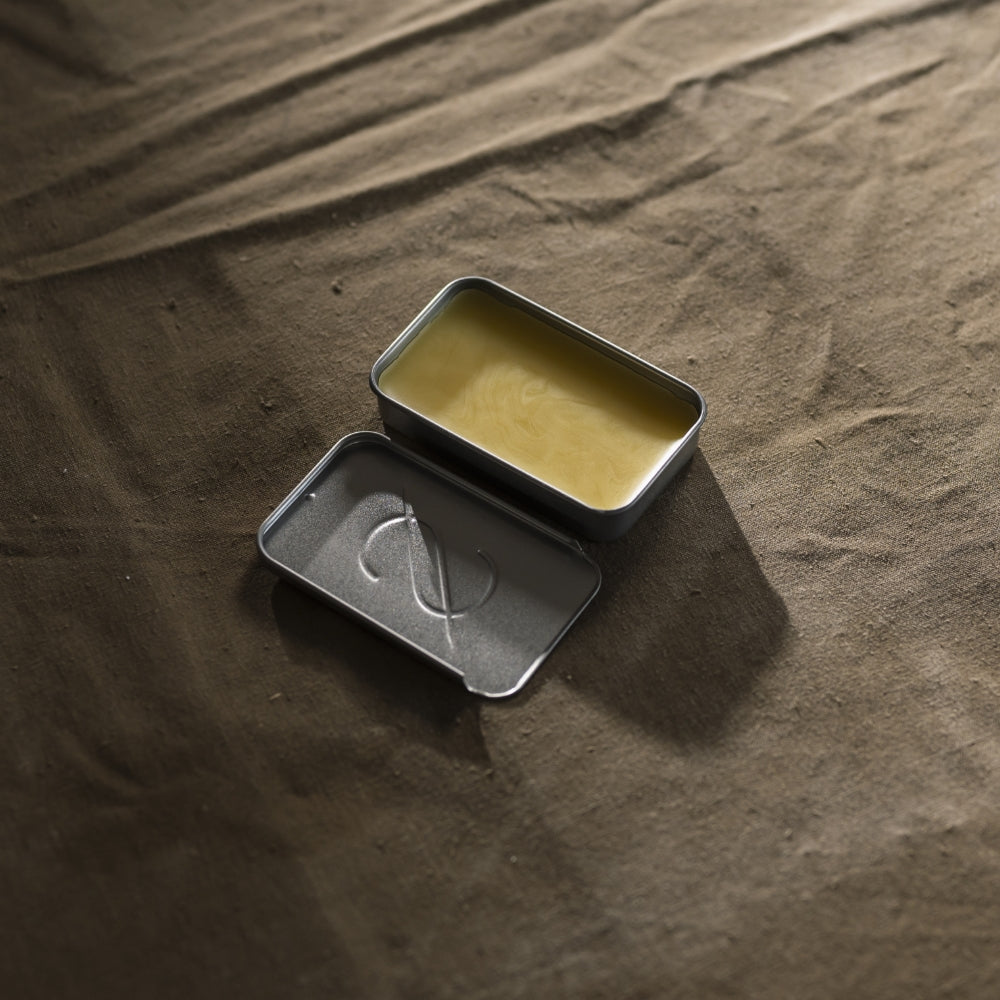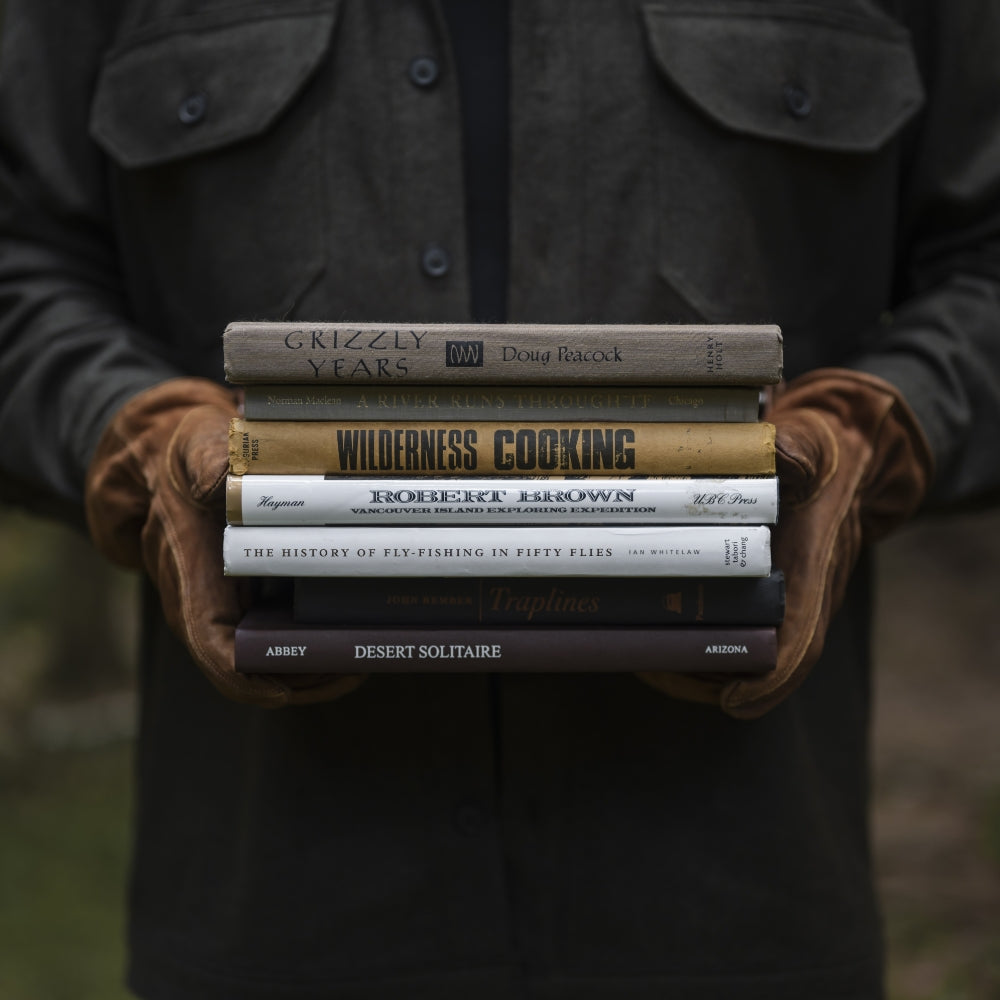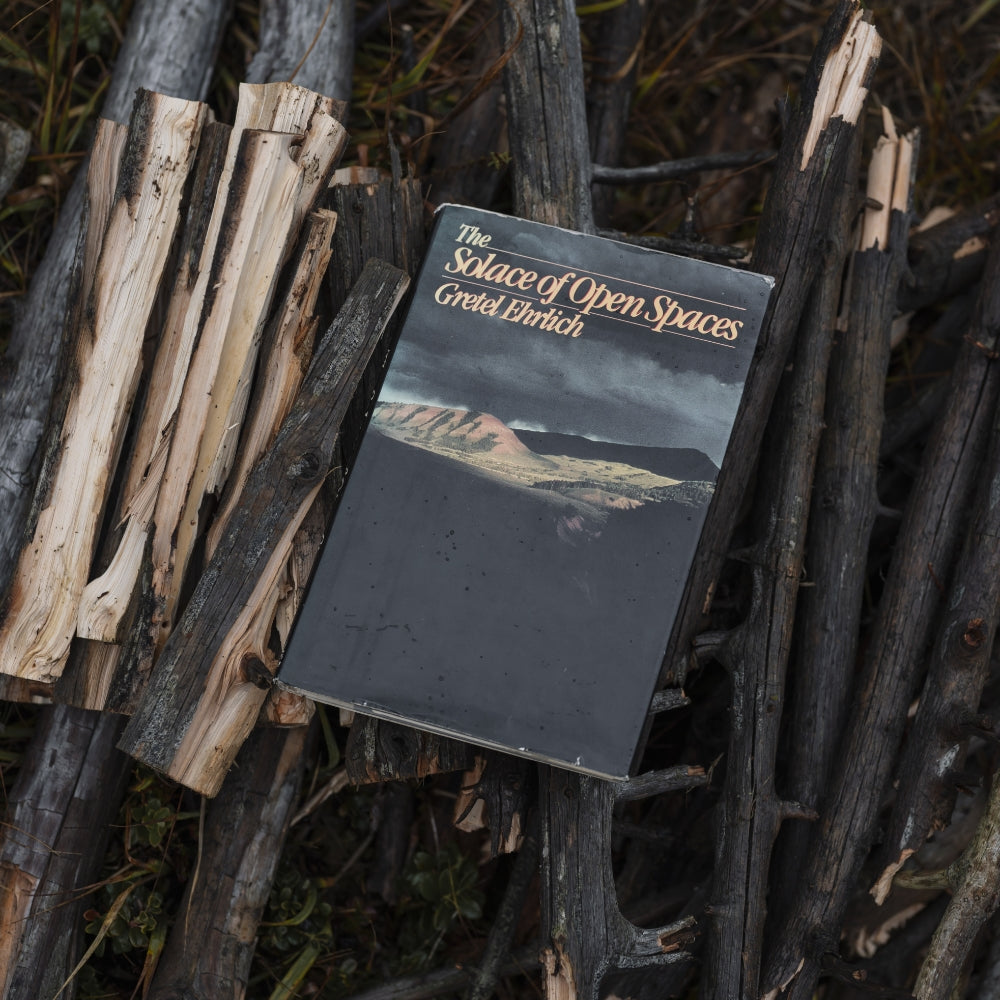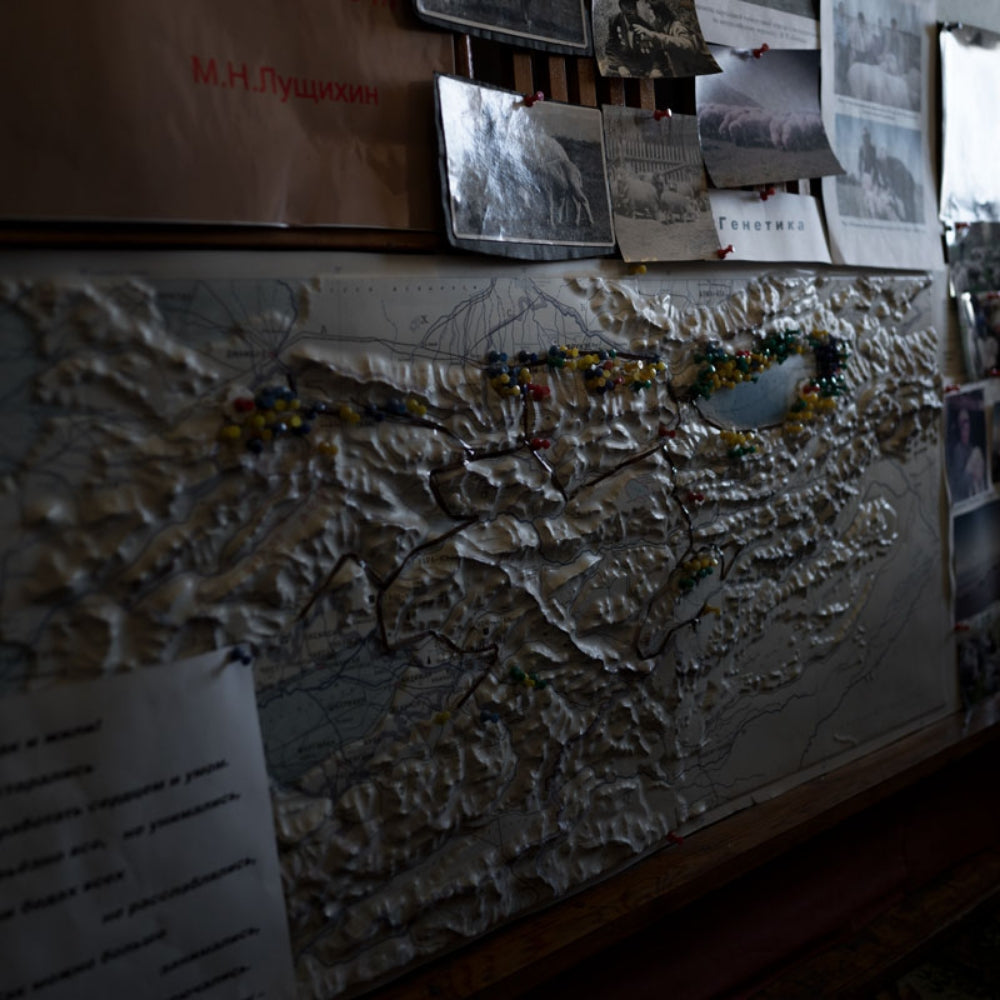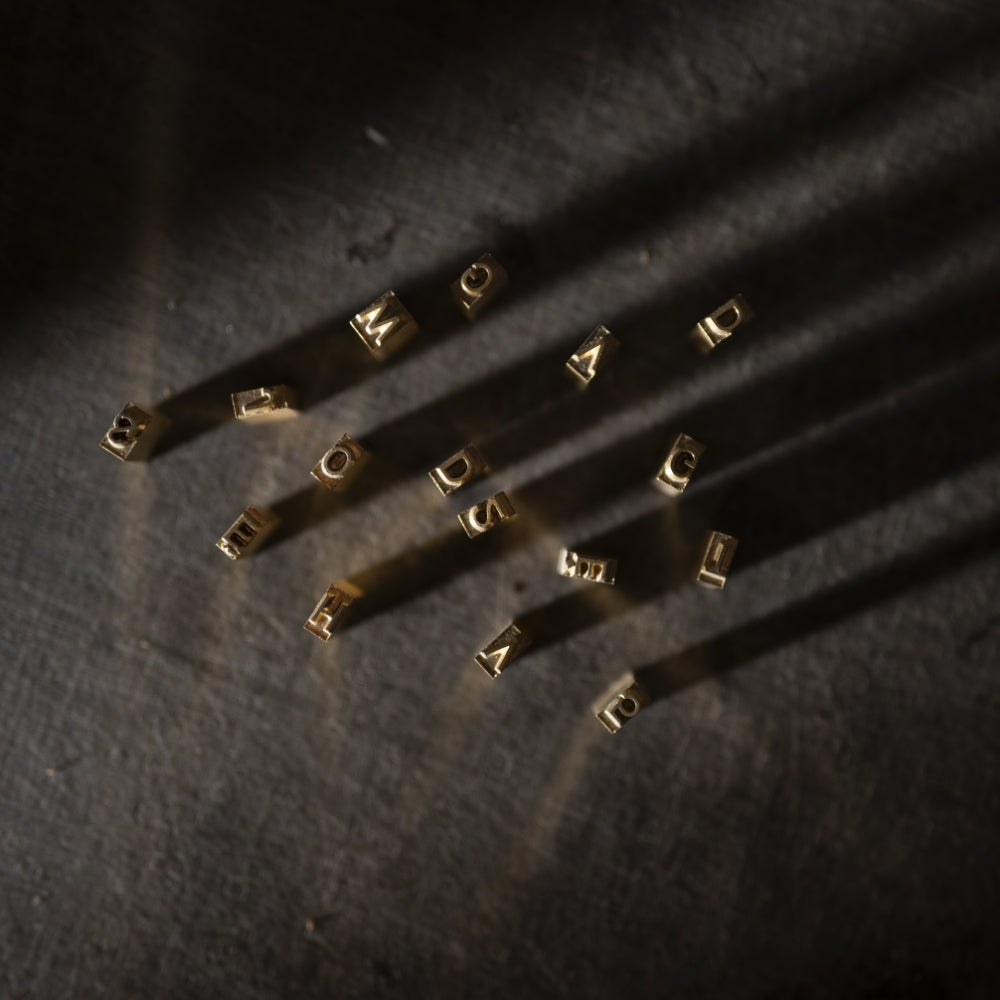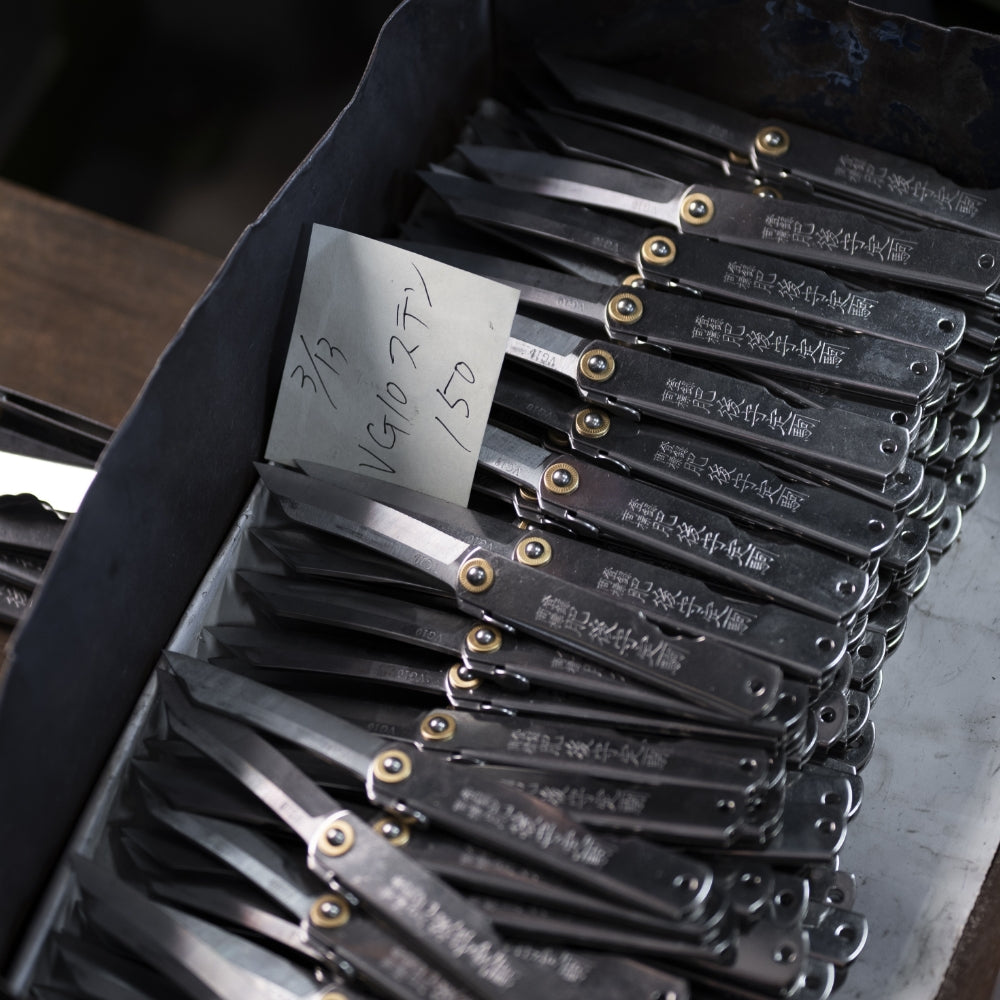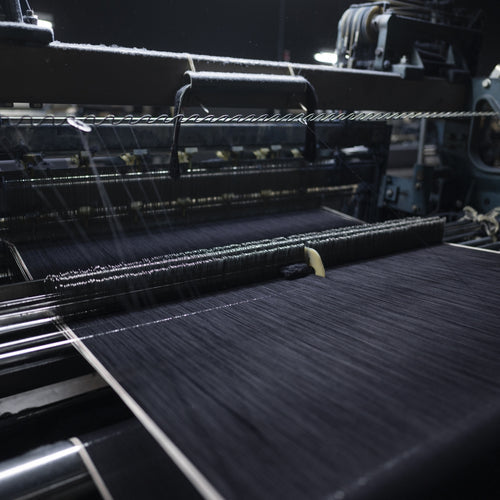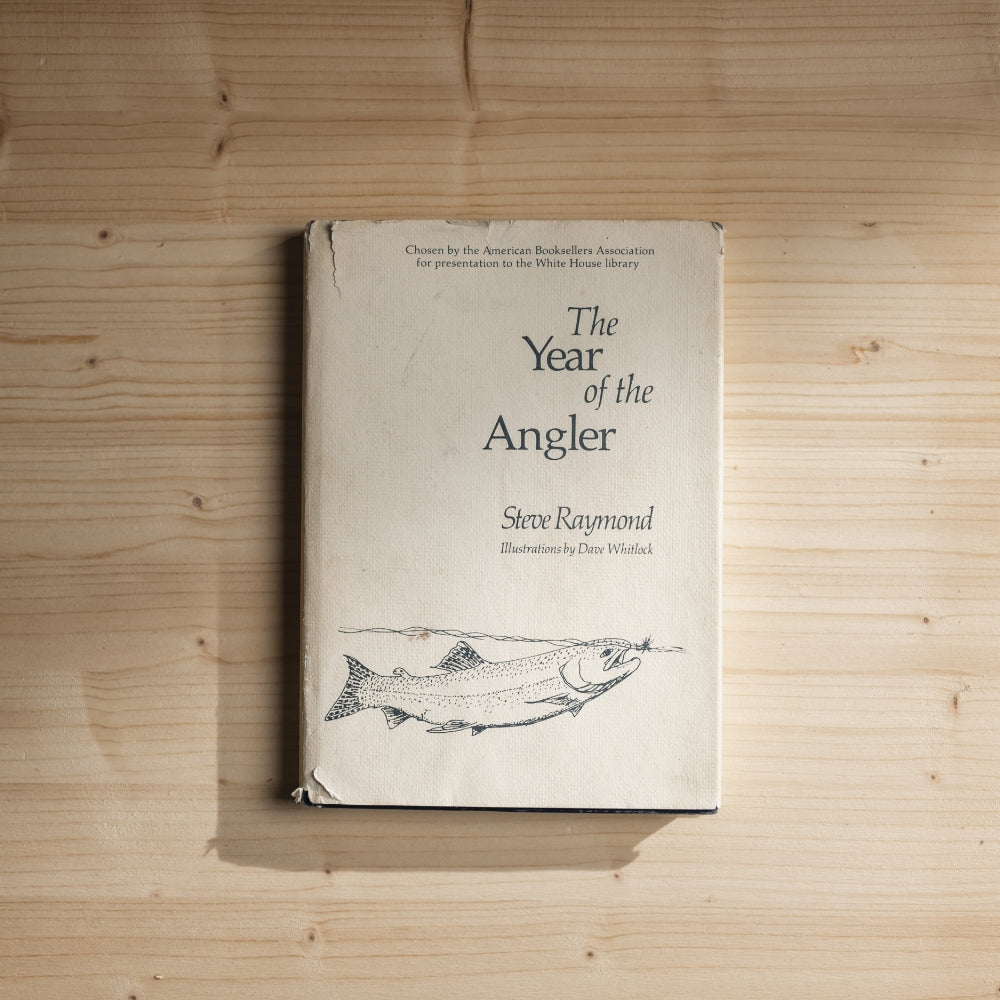Full Grain Leather: The rugged material that tells its own story
Leather has been in mankind’s toolbox for centuries. It has been used for everything from boots to armor. It can be made from virtually any animal’s hide, though the vast majority comes from cowhides. While several different processes are used to transform a hide into useful leather, chromium and vegetable tanning are the main methods in use today.
History
The ancient craft of leather tanning dates back thousands of years, originating when early civilizations discovered they could use tannins from tree bark, leaves, and fruits to preserve animal hides. This process prevented the hides from decomposing and imbued them with durability and flexibility that today's synthetic methods cannot replicate.

Throughout the ages, vegetable tanning has been refined and passed down through generations, becoming a cornerstone of traditional leathercraft. In the Middle Ages, it was elevated to an art form in Europe, where guilds of leatherworkers guarded their tanning secrets closely. Towns became renowned for their tanneries, and the quality of their leather became a measure of their fame.
This era laid the foundations for the enduring principles of quality and sustainability that define vegetable tanning today. Unlike modern synthetic methods, which prioritize speed and cost-efficiency, vegetable tanning remains a testament to patience and respect for the natural world.
What is the Difference: Vegetable tanned and Chrome Tanned?
Vegetable-tanned leather and chrome-tanned leather tell two different stories of craftsmanship. Vegetable tanning is the traditional route, using natural ingredients like tree bark and plant extracts to slowly turn hide into durable leather. This age-old process takes time, often months, but the result is a leather that ages beautifully, developing a unique patina that tells its own story.
On the other hand, chrome tanning is leveraging a mix of chemicals, notably chromium, to swiftly transform hides into leather that's both soft and versatile. This method delivers leather that's immediately pliable and rich in color—all appealing traits for today's fast-paced world. However, this speed comes at a cost, casting a shadow of environmental impact due to the reliance on heavy chemicals.

Why to Choose Vegetable Tanned Full Grain Leather?
- Endurance - Originating from the rugged landscapes where our cows roam, full grain leather bears an inherent resilience and durability. It's the material that stands as your steadfast companion, weathering storms and tales alike.
- Heritage - Born from a centuries-old tradition, vegetable tanning carries the essence of heritage in every texture and crease. It stands as a testament to what is right and good in the world, offering not just a piece of gear but a piece of peace.
- True patina - Like a silent storyteller, full grain leather tells the story of the unseen, the silent witness to the life beside its bearer.
There are good reasons we have chosen grain leather since our origins. We manufacture goods to survive the world’s harshest environments and we believe that the gear you carry should meet those same tough standards. Its rugged durability also makes full grain leather the best candidate for belts, sheaths, journals and boots that last a lifetime. Our full grain leather is naturally processed, minimizing the impact on the environment. Because it is time-consuming to produce, it’s not inexpensive, but we believe the results are well worth the investment.
Now, the question remains: Where do we source our raw leather? This journey took us to the vast plains of Kyrgyzstan, where timeless tradition is kept alive—a place where nomadic herdsmen tend their cattle with the natural rhythms of the land: explore The Untold Story: Kyrgyz Full Grain Leather.


